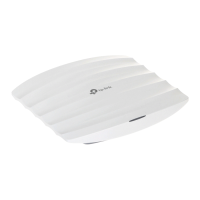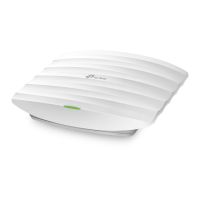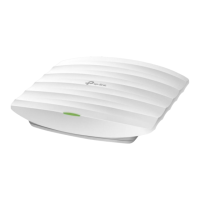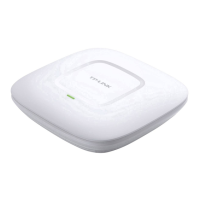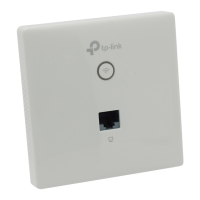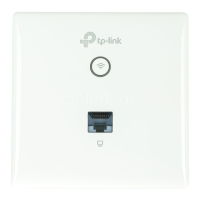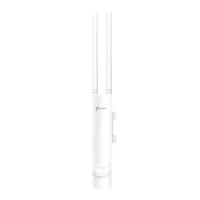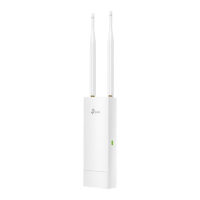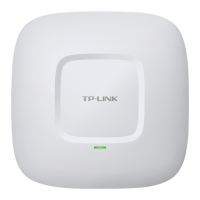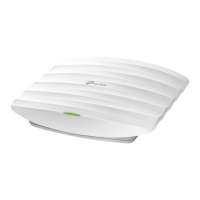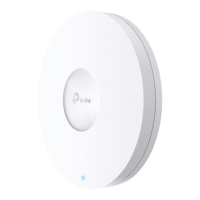60
CCQ (%) Displays the wireless Client Connection Quality (CCQ) of the user. CCQ
refers to the ratio between the current effective transmission bandwidth
and the theoretical maximum available bandwidth. CCQ reflects the quality
of the actual link. A bigger value means a better utilization of the bandwidth.
Rate (Mbps) Displays the wireless transmission rate of the user.
Down (Byte) Displays the user’s total downloaded traffic from the EAP since the last
connection.
Up (Byte) Displays the user’s total uploaded traffic to the EAP since the last
connection.
Active Time Displays how long the user has been connected to the EAP.
View and Manage the Portal Authenticated Guests
The following table introduces the displayed information of the portal authentication
guests.
MAC Displays the MAC address of the user.
Band Displays the frequency band the user is working on.
Access Point Displays the device name of the EAP the user is connected to.
SSID Displays the SSID the user is connected to.
SNR (dB) Displays the Signal to Noise Ratio (SNR) of the user. SNR refers to the power
ratio between the received wireless signal strength and the environmental
noise strength. The bigger SNR value is, the better network performance
the device can provide.
CCQ (%) Displays the wireless Client Connection Quality (CCQ) of the user. CCQ
refers to the ratio between the current effective transmission bandwidth
and the theoretical maximum available bandwidth. CCQ reflects the quality
of the actual link. A bigger value means a better utilization of the bandwidth.
Rate (Mbps) Displays the wireless transmission rate of the user.
Down (Byte) Displays the user’s total downloaded traffic from the EAP since the last
connection.
Up (Byte) Displays the user’s total uploaded traffic to the EAP since the last
connection.
Active Time Displays how long the user has been connected to the EAP.
In the Action column, you can click Unauthorize to delete the authentication information of
the guest. To access the internet, the guest needs to log in again.
